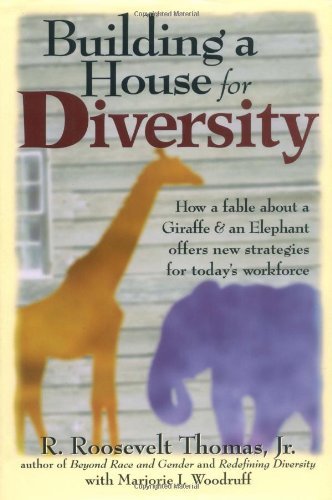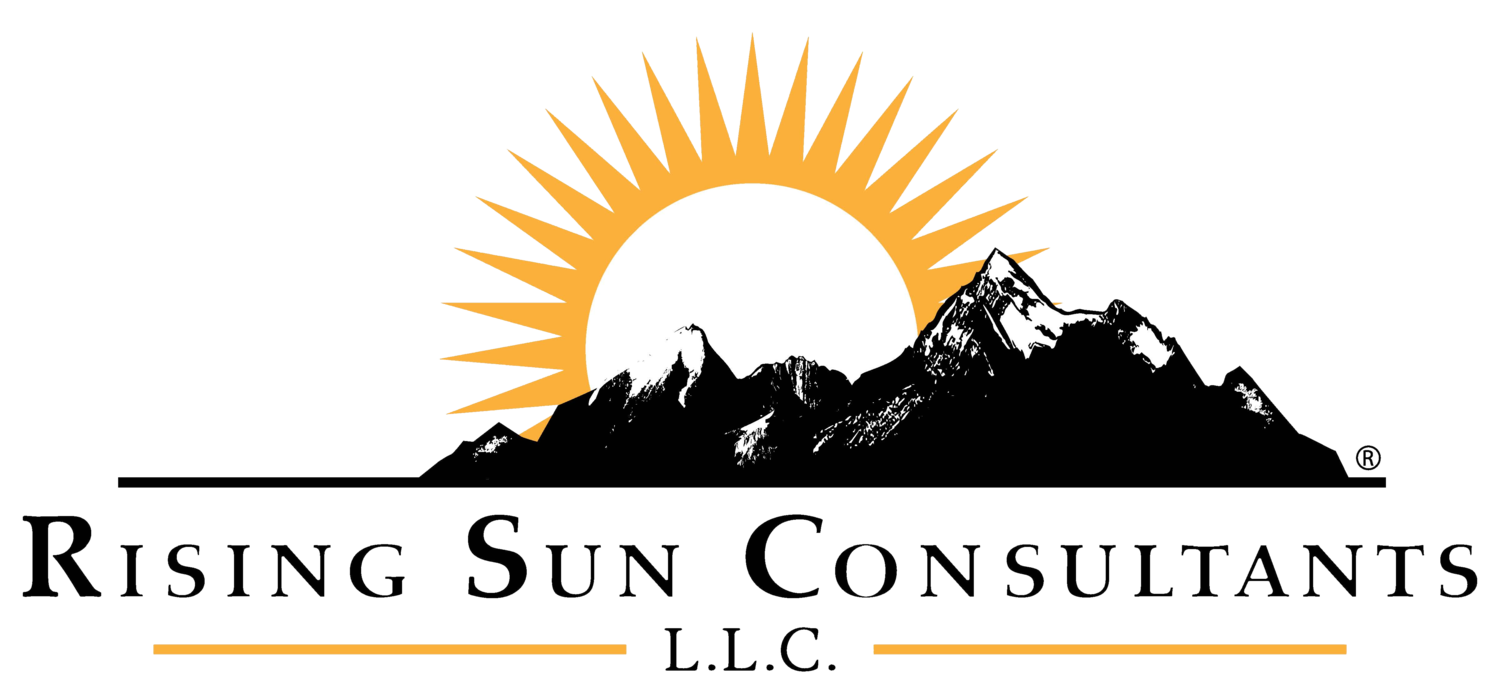BOOK FACTS
- Title: Building a House for Diversity
- Author: R. Roosevelt Thomas, Jr. with Marjorie Woodruff
- Publisher: American Management Association (AMACOM)
- Copyright: 1999
- No. of Pages: 226
- No. of Chapters: 5 plus appendices for testing
RATING (5 IS A MUST READ – 1 IS LOW INTEREST IN READING)
Readability: 4
Maintains Attention: 4
Applicability of Information: 4
REVIEW
Roosevelt Thomas states that “Building a House for Diversity is dedicated to assisting individuals in developing a framework that improves their personal diversity competencies for use at work and in their personal lives.” It is Thomas’s belief that approaches to diversity in the workplace are usually addressed at the managerial level, and the assumption is made that diversity issues are uniform for all levels of the organizational hierarchy. This has resulted in many well-meaning attempts to promote diversity awareness being compromised. Thomas challenges that individuals on all levels of the workplace need to be trained in core skills to better understand diversity and respond effectively.
Building a House for Diversity accomplishes this task by first asking the reader to take a pre-test to evaluate personal beliefs regarding diversity. The pre-test is comprised of ten multiple choice
questions that respond to various scenarios. Though the scenarios appear simplistic, the answer key may hold some surprises. After reading the book, it is requested that a similar post-test be taken to determine if diversity maturity has occurred.
The content of this book is offered in an unusual, yet thought provoking, format. The discussion of diversity begins as a fable about giraffes and elephants. The giraffes take on the role of bosses or gatekeepers, and the elephants are diverse employees. This may appear at first to be out of context with organizational diversity, but as the story is unveiled, the reader begins to unravel the relevance and make application of their personal beliefs regarding diversity. The intent is to provide an overview for understanding differences.
Once the initial story is told, Thomas dedicates the remainder of the book to human scenarios that reflect back to the original fable. Each scenario is dissected to determine what lessons should be learned and outlines recommended abilities to apply. Individual chapters look at diversity issues from the perspective of managers and employees. The book concludes by summarizing the action to be taken for the individual and the organization to achieve diversity effectiveness.
Building a House for Diversity is the third book written by Thomas that deals with organizational
dynamics. Beyond Race and Gender: Unleashing the Power of Your Total Workforce by Managing
Diversity and Redefining Diversity, though not prerequisites to the recommended book, may be ofbenefit to gain a broader understanding of diversity in the context of Roosevelt Thomas.
SUMMARY OF MAIN POINTS
- Diversity begins and ends with the individual. Therefore an understanding of self,
acceptance of responsibility, and contextual knowledge are needed. In doing so,
organizational diversity can also be addressed.
- Understanding the key dynamics of diversity moves the organization to a higher level of
performance.
o Diversity components of a diversity mixture have different perspectives.
o Many are reluctant to embrace genuine diversity.
o Diversity tension and complexity are inevitable.
- All individuals when interacting should consider the following when addressing diversity:
o Clarity is important.
o Seek understanding in shared meanings and purposes.
o Seek to understand the other person’s perspective by offering respect, trust and
empathy.
o Stay focus on the present, not past or future.
- All individuals should possess specific core diversity skills:
o Recognize diversity mixtures.
o Analyze the mixtures and related tensions.
o Seek appropriate responses.
- Identify the strengths and challenges to achieve the goal.
CALL TO ACTION
After reading this book, the following five points are a must-do to achieve Diversity Maturity
- Accept diversity responsibility
- Possess contextual clarity
o Know yourself
o Know your organization
o Understand key diversity concepts and definitions
- Be requirement driven
o Differentiate between preferences, traditions, conveniences, and requirements
o Place differences in context when making decisions
- Become comfortable with diversity tension
- Continue to engage in learning


